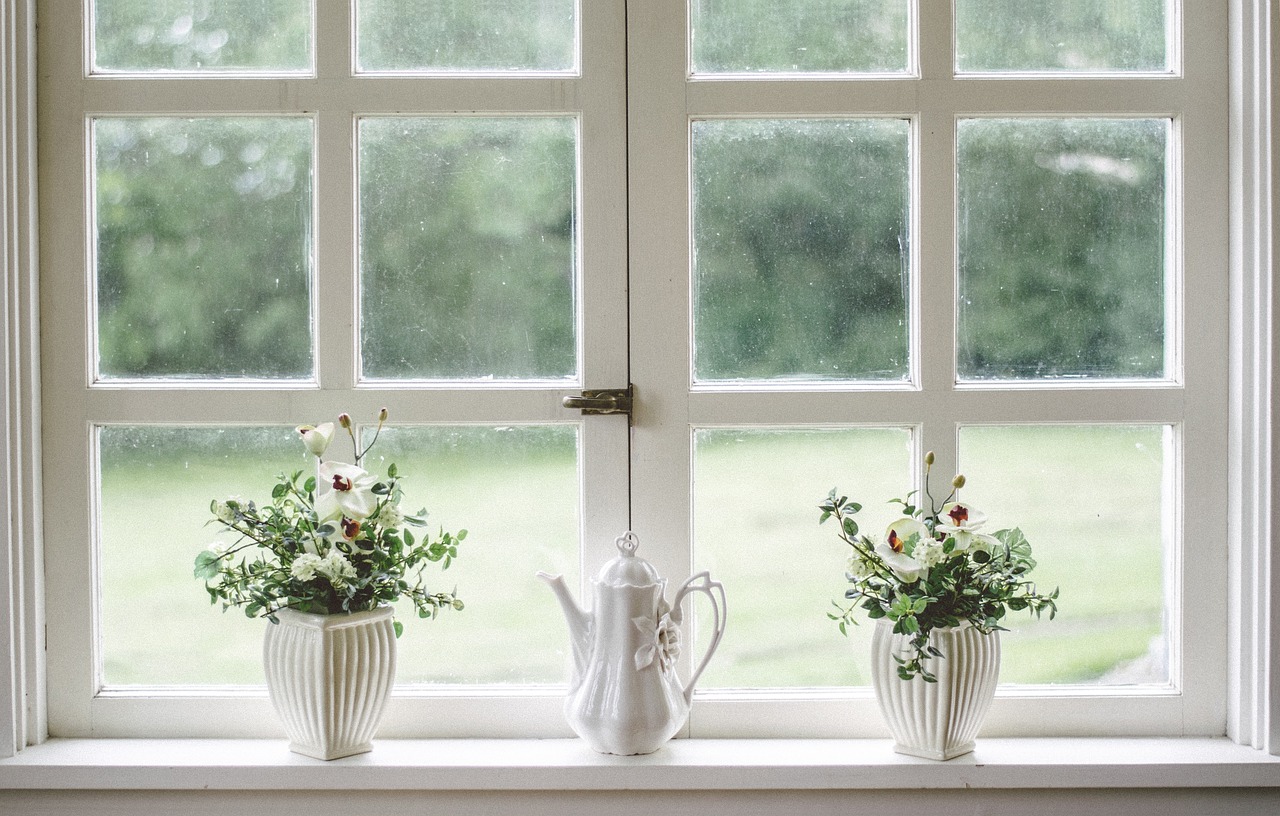We often hear that it is necessary to get a heat pump in our homes to reach Net Zero by 2050. This is true according to the Climate Change Committee, as they hope at least 80% of homes have a heat pump by 2040. But public opinion is mixed on heat pumps, and only 10% of the public want to move away from gas heating systems. Heat pump systems are expensive, ranging from £14,000 to £35,000 and it is also true they do not suit all homes, particularly old homes and very draughty houses. But if you are not convinced of getting a heat pump just yet, what can you do to reduce the carbon footprint of your home? Housing contributes 25% to our carbon footprint and heating takes up a large segment of this.
Draught proofing your home is the easiest and cheapest way to keep your home warm, reduce your carbon footprint and save money. It estimated to cost only £250 to draught-proof a whole house professionally. It is also possible to draught proof your own home to bring the cost of the job. This will reduce your carbon footprint between 0.4 tonnes to 1.5 tonnes a year and save you £160 – £550 a year on your energy bill depending on the property you live in.
Windows, doors and chimneys
The gaps in doors can be covered by having the gaps in doors can be covered by having a letterbox brush or flap and a metal disc that slips over the keyhole. A brush or hinged gap is going to be put at the bottom of the door too. For windows, self-adhesive foam strips or metal and plastic strips can be put around the edge. They need to be the right size otherwise if it is too thin, there will still be a gap and it if is too thick, it will be difficult to close the window. A chimney draught excluder and a cap on chimney pots can be bought to reduce heat loss from chimneys.
Floorboards, skirting boards and cracks in walls
Heat can be lost through floorboards, cracks in walls and skirting boards. The gaps can be filled with flexible fillers, decorators’ caulk or mastic-type products for floorboards and skirting boards. Floors can also be insulated to prevent heat from escaping. With cracks in walls, you can use cement and hard-setting fillers. Gaps around pipework can be filled with the same products.
Loft hatches
Lots of heat is lost when it rises to the roof. It is worth investing in roof insulation and this will make a big difference to reducing heat loss. Also strip insulation can be used around the loft hatch.

Leave a Reply